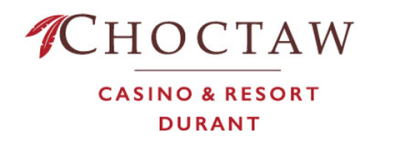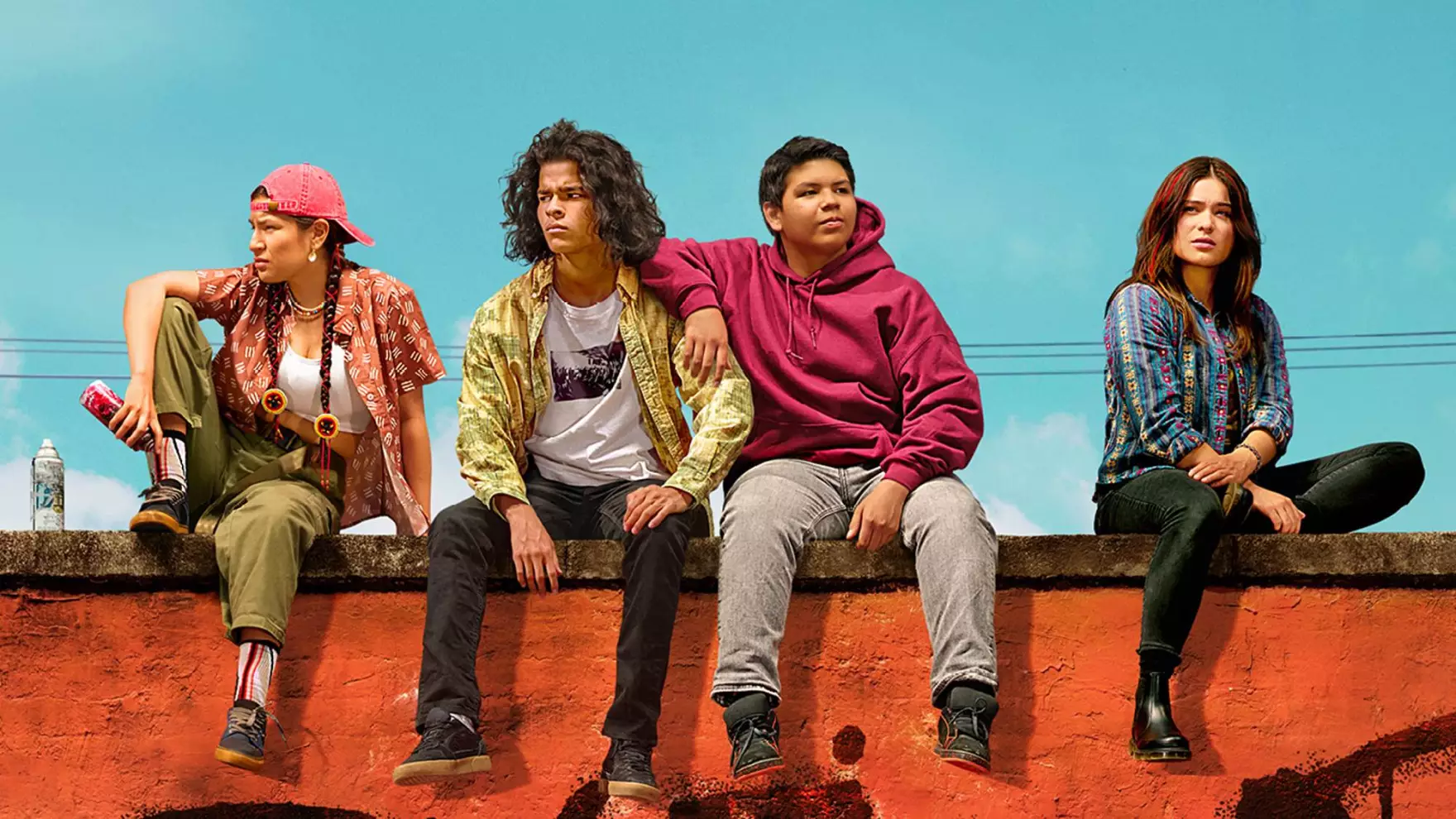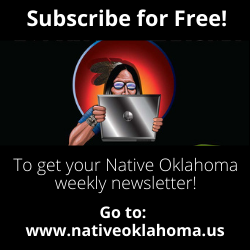

Feds double down on tribal clean energy purchase preference with new DOE solicitation

For the second time this month, a federal agency has revived a long-dormant tribal purchasing preference to buy clean energy from tribes.
The Department of Energy has announced a solicitation for renewable energy credits, or RECs, from tribal majority-owned businesses. The move follows a similar announcement earlier this month from the General Services Administration and marks a potential step forward in utilizing the Indian Energy Purchase Preference (IEPP) program to purchase 47,500 megawatt hours of clean energy. That announcement was met with some concern that the program was not accessible to smaller tribes.
The IEPP, established by Congress in 2005, allows federal agencies to prioritize purchasing electricity and energy products from tribal businesses, provided their offers are competitive with the market. This solicitation by the DOE seeks 7,000 megawatt hours of carbon-free RECS, which are effectively contracts certifying the provided energy stemmed from a renewable project or source.
“WAPA is proud to be paving the way for meaningful collaboration with Tribes as they gear up to play a significant part in our national transition to clean energy,” according to Tracey LeBeau, CEO of the Western Area Power Administration (WAPA), which is leading the DOE effort. “Doing business with Tribes boosts reservation-based economic sustainability in addition to the surrounding communities.
The solicitation aligns with President Joe Biden’s goal of transitioning the federal government to 100% clean energy by 2030. The White House Council on Native American Affairs has actively pushed the IEPP as part of that plan, according to a DOE statement.
Per the solicitation, tribal majority-owned businesses that generate or aggregate RECs are eligible.
Responses to the solicitation must be emailed to Sharol Lynch at slynch@wapa.gov. Solicitation responses are due by June 14 at 4:30 p.m. PST.
Choctaw Casino & Resort – Durant wins 11 Best of Dining & Nightlife Awards

Resort earns recognition from Casino Player Magazine
DURANT, Okla. - Casino Player Magazine awarded Choctaw Casino & Resort – Durant 11 first place finishes in the annual Best of Dining & Nightlife Awards. The awards highlight the best of the best in dining and nightlife within the gaming industry.
Choctaw Casino & Resort – Durant boasts 20 restaurants and 21 bars and lounges, offering guests a wide variety of options from upscale restaurants like 1832 Steakhouse to casual, family-friendly options like Butterfields. The Durant resort is constantly updating food and beverage options for guests, with its most recent addition coming in the fall of 2023 with the District Food Hall. The District Food Hall features four dining options, including Texas-favorite Velvet Taco, as well as a daiquiri bar and much more.
This is the third year in a row the Durant property has won best overall dining, best steakhouse, best Asian, best desserts, best place to people watch, best bar, best after-hours spot, best place to celebrate and best late-night dining.
“We are thrilled to be recognized by Casino Player Magazine for our continued efforts to improve the guest experience at Choctaw Casino & Resort – Durant,” said Kaley Green, regional marketing director for Durant. “Our goal is to offer something everyone will enjoy, and we understand that means not only offering variety, but also quality when it comes to our dining and nightlife.”
Below are all the Durant casino’s wins:
- Best Overall Dining
- Best Steakhouse: 1832 Steakhouse
- Best Buffet: Butterfields
- Best Food Hall: District Food Hall
- Best Asian: Bamboo Noodle Bar
- Best Desserts: Grand Bakery
- Best Place to People Watch: Prizm Lounge
- Best Place to Celebrate: 1832 Steakhouse
- Best Late-Night Dining: Grand Cafe
- Best Bar: Mason Jar Bar
- Best After-Hours Spot: Red River Lounge
To learn more about Choctaw Casino & Resort – Durant’s dining and nightlife options, click here.
Oklahoma TV, film projects highlighted in symposium commemorating Indian Citizenship Act

The Indian Citizenship Act of 1924 recognized Native Americans as citizens in the country. But, it did not ensure their right to vote or solidify other citizens to respect them.
By Sarah Liese, KOSU
Indigenous leaders from across different fields discussed Indigenous representation progress following the Indian Citizenship Act of 1924 at a Native American Suffrage Symposium in Washington, D.C.
Undersecretary for Museums and Culture at the Smithsonian Institution and Pawnee Nation citizen, Kevin Gover, was a panelist at the symposium. He talked about pop culture depictions of Indigenous people. During a panel, he shed light on the stark differences between Native American representation now versus decades past.
“You could be a Navajo chasing John Wayne and fall off your horse,” Gover said. “But you weren’t allowed to actually be a living, breathing, talking, thinking laughing character.”
Gover explained Native Americans were not allowed to hold prominent roles on screen, and he specifically referenced two projects filmed in Oklahoma, showing the positive progression of the TV and film industry: Killers of the Flower Moon and Reservation Dogs.
“Over the last 20 years, the depictions of Native Americans in pop culture has changed really quite dramatically, sort of culminating in Lily Gladstone and the Osage people having some agency over what appeared in a movie that was about them,” Gover said.
He said Indigenous people were not viewed as experts two decades ago, hindering them from directing and producing work in the entertainment industry and not having a say in the depictions of them in museums and history books. Yet, both Killers of the Flower Moon and Reservation Dogs depict complex characters. On top of that, they featured Indigenous creatives participating in the production process.
Gover — alongside fellow panelist Dawson Her Many Horses (Rosebud Sioux Tribe) — debunked popular myths about Thanksgiving, Pocahontas and the Battle at Little Bighorn. They both highlighted issues stemming from who actually told the stories.
Gover said until the National Museum of the American Indian Act passed in 1989 the “experts” writing about Native American people were not Indigenous people themselves.
“They were people who worked in universities and museums and went out and studied the Indians and came back and wrote books about them,” he said. “And it never occurred to them that Native people might have a role in the interpretation of their culture.”
While the journey for Indigenous people to receive respect and recognition has been ongoing, other leaders at the symposium like John Echohawk (Pawnee) said the fight continues and pointed to issues ongoing to diminish tribal sovereignty and the sustenance of tribes.
The official anniversary of the Indian Citizenship Act is June 2, with multiple tribes around Oklahoma celebrating the centennial event.




